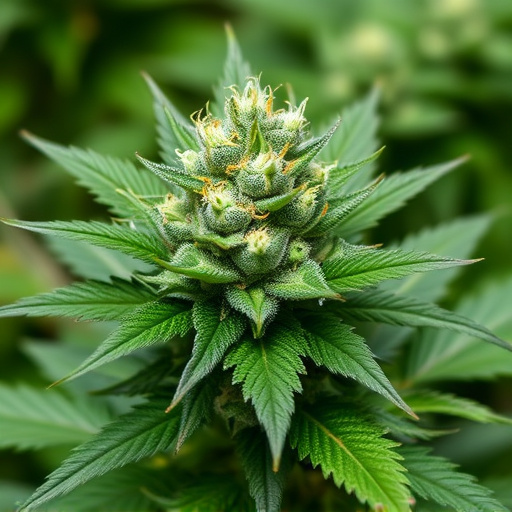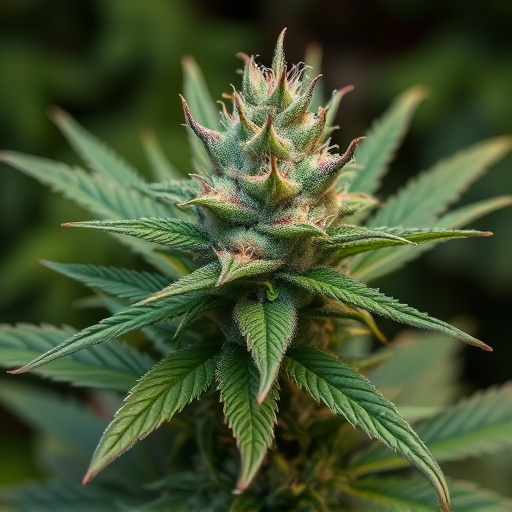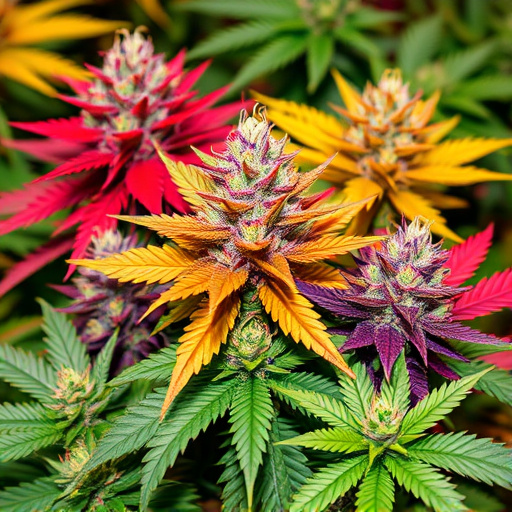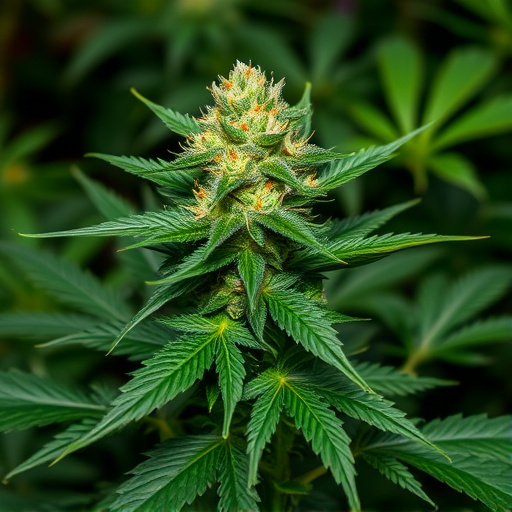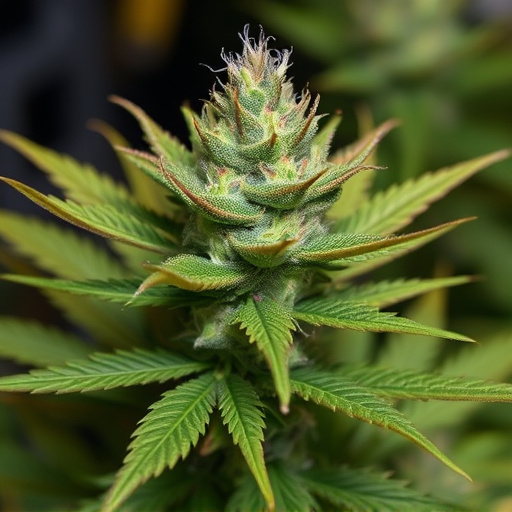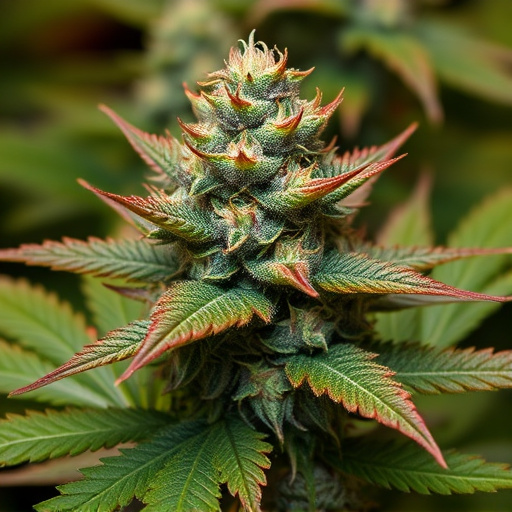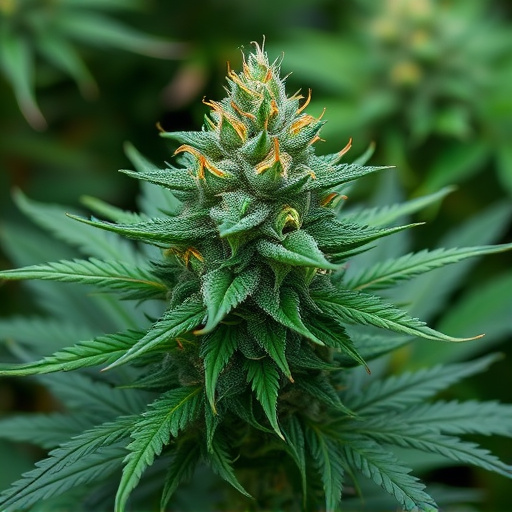Potent cannabis strains offer a natural alternative to pharmaceuticals for pain management, leveraging THC and CBD compounds that interact with the body's endocannabinoid system. THC provides analgesic effects ideal for acute pain, while CBD's anti-inflammatory properties without psychoactive effects make it suitable for chronic pain conditions. Balanced or CBD-dominant strains are recommended for maintaining daily functionality, as tailoring treatment with these potent strains allows individuals to customize their pain management approach.
“Unraveling the science behind THC and CBD as powerful tools for pain management, this article offers insights into how these cannabis compounds interact with our bodies. From understanding their unique properties to exploring the potential of potent cannabis strains, we delve into effective strategies for relief.
Learn about the role of THC and CBD in treating various types of pain, offering natural alternatives for those seeking manageable solutions. Discover methods to optimize their therapeutic effects.”
- Understanding THC and CBD in Pain Management
- The Role of Potent Cannabis Strains
- Effective Strategies for Utilizing THC and CBD
Understanding THC and CBD in Pain Management
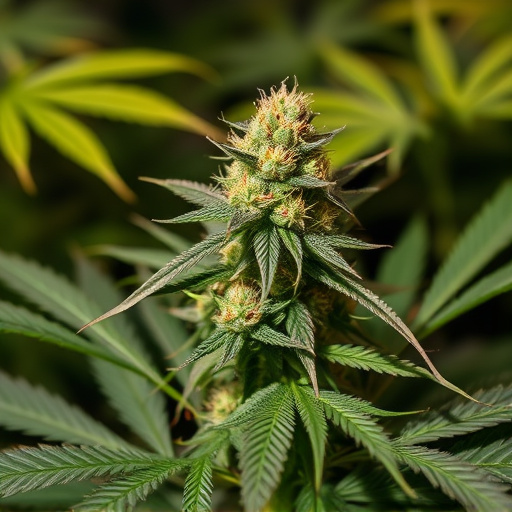
Cannabis compounds THC (Tetrahydrocannabinol) and CBD (Cannabidiol) have gained significant attention for their potential in pain management, offering alternative solutions to traditional medications. While THC is known for its psychoactive effects, it also exhibits powerful analgesic properties, making it a component of many potent cannabis strains sought after by patients looking for relief from chronic pain. On the other hand, CBD has become popular due to its anti-inflammatory and neuroprotective benefits, providing a non-intoxicating alternative that can help manage pain without altering consciousness.
Understanding how these compounds interact with the body’s endocannabinoid system is crucial. This intricate network of receptors and enzymes plays a vital role in regulating various physiological processes, including pain perception and inflammation. THC binds to CB1 receptors in the brain and spinal cord, modulating pain signals, while CBD interacts with multiple targets, including CB2 receptors and certain ion channels involved in pain transmission, making it an appealing option for those seeking natural pain management without the mind-altering effects of THC.
The Role of Potent Cannabis Strains
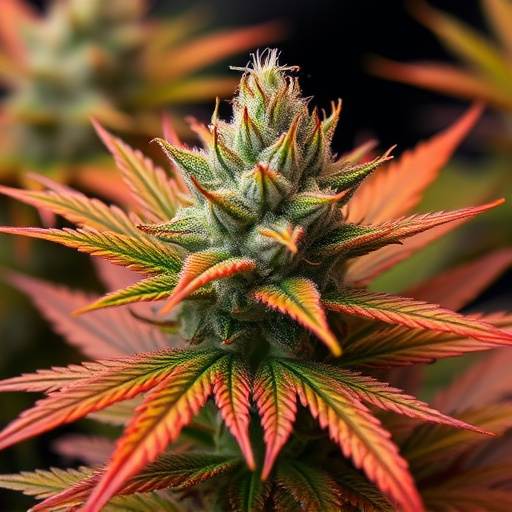
Potent cannabis strains have gained significant attention for their potential role in pain management, offering a natural alternative to traditional pharmaceuticals. These high-THC (tetrahydrocannabinol) or CBD (cannabidiol)-rich varieties contain elevated levels of these bioactive compounds compared to typical recreational or medical strains. THC and CBD interact with the body’s endocannabinoid system, which plays a crucial role in regulating pain perception and inflammation.
The powerful effects of potent cannabis strains can provide relief for chronic pain sufferers by blocking pain signals from reaching the brain and reducing inflammation. High THC content is known to induce analgesic (pain-relieving) effects, while CBD offers anti-inflammatory benefits without the psychoactive properties associated with THC. This combination allows for targeted pain management, making these strains a compelling option for those seeking alternative treatments.
Effective Strategies for Utilizing THC and CBD

When it comes to effective pain management using THC (tetrahydrocannabinol) and CBD (cannabidiol), understanding how and when to utilize them is key. Potent cannabis strains, rich in both THC and CBD, can offer significant relief for various types of pain. For acute pain episodes, a higher ratio of THC can be beneficial due to its potent anti-inflammatory properties and ability to induce analgesia, which numbs the sensation of pain.
However, for chronic pain conditions, a balanced or even higher CBD-to-THC ratio may prove more effective. CBD is renowned for its ability to interact with the body’s endocannabinoid system without inducing psychoactive effects. This makes it ideal for managing pain without altering mental cognition, which can be particularly advantageous for those seeking to maintain functionality throughout the day. Combining these strategies allows individuals to tailor their treatment to specific needs, maximizing the potential benefits of cannabis for pain management.
In conclusion, both THC and CBD have shown promise in pain management, with potent cannabis strains offering unique benefits. By understanding their effects and implementing effective strategies, individuals can harness the power of these compounds for a more natural approach to pain relief. The integration of potent cannabis strains into holistic healthcare practices may provide significant aid to those seeking alternative solutions.

